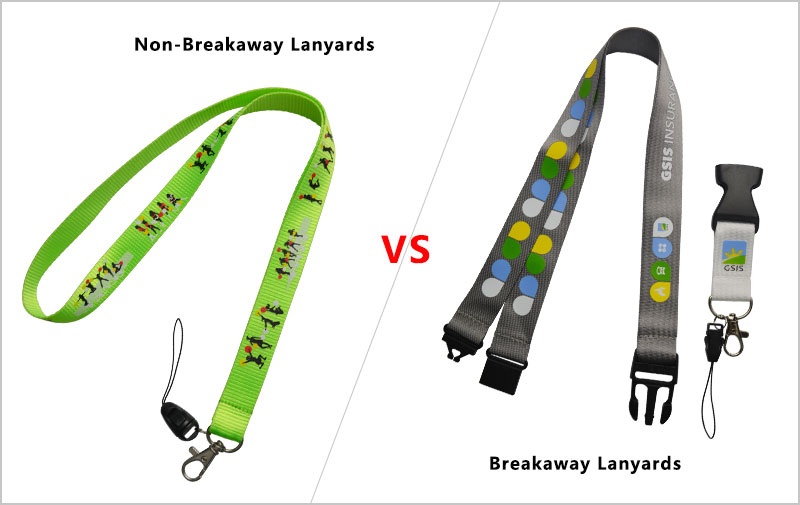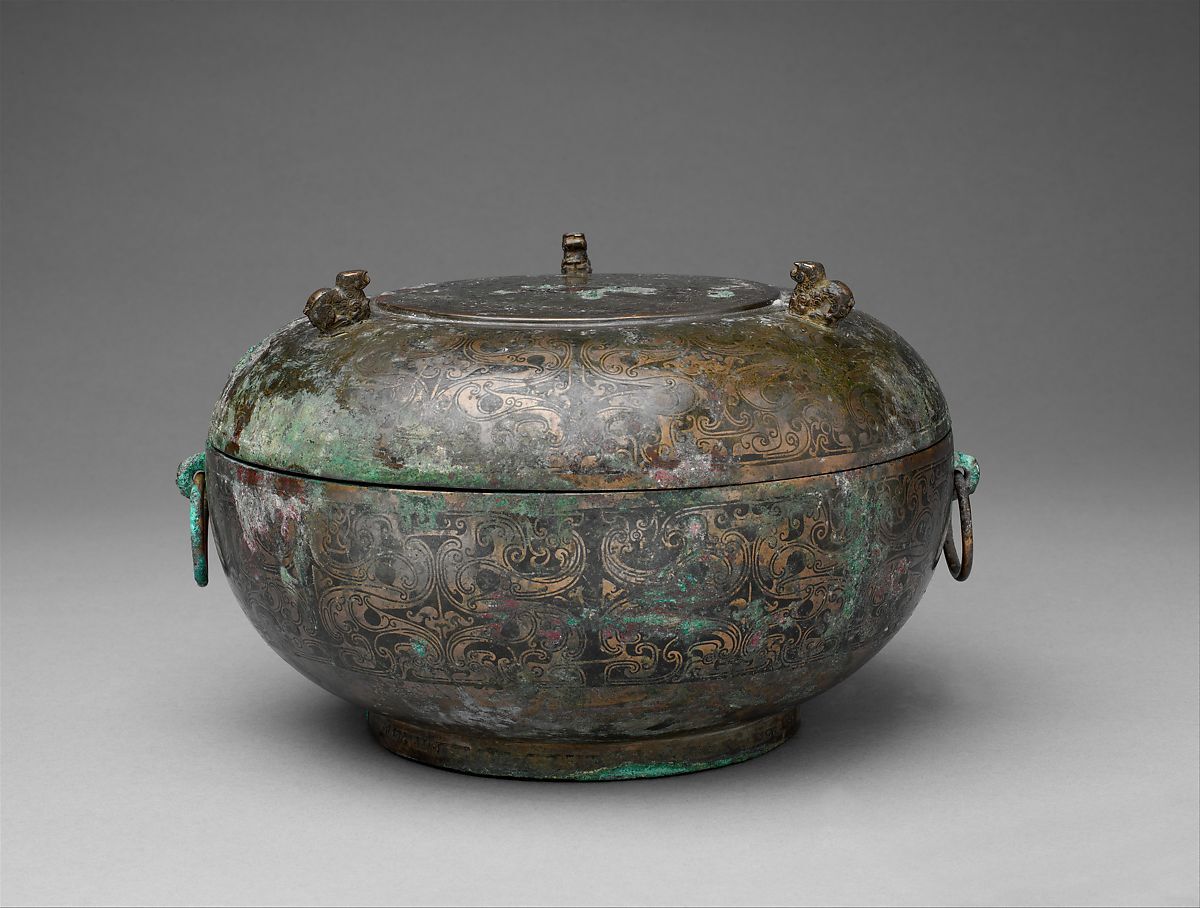Security is paramount for any organization, and ID cards play a crucial role in maintaining it. Hence, it is essential to choose the right type of lanyard to hold the ID cards.
Most people are used to wearing their ID cards or any other access card on lanyards to gain quick access, and more importantly, to ensure the document is always at hand and never lost or misplaced.
While selecting lanyards, there are two types to consider – the breakaway and the non-breakaway. There is a lot of difference between both, and it is essential to know the difference before choosing the one that suits your needs best.
Breakaway vs. Non-Breakaway Lanyards
You get different types of lanyards, both in breakaway and non-breakaway, based on the design you choose to incorporate. Moreover, the material used, the artwork going into the creation, the lanyard’s thickness, and how you usually hold your ID cards, all these factors are considered while designing the perfect lanyard.
The primary difference between the breakaway and non-breakaway lanyards is that the former has a clasp to enable a quick release, hence the name breakaway.
Safety Feature
Non-breakaway lanyards are fixed and non-removable. The safety clasps that feature in breakaway lanyards come apart when sufficient pressure is exerted (mild pressure). While this is handy if you need to access a swipe point beyond the reach of the cord holding the ID card, it fulfills a safety aspect.
For instance, if your card gets stuck in between the lift doors or an entrance door, all you need to do is release the clasp and breakaway from the card to avoid injuries to yourself.
Durability Comparison
If your company mandates wearing your ID card daily, the lanyard’s durability is of primary importance. Lanyards are not meant to be purchased frequently, as the cost is prohibitive, and the time involved in acquiring a new one is too long if you need to replace lanyards more regularly.
When you consider this aspect, non-breakaway lanyards are more durable when compared to breakaways that are more delicate. Hence, the non-breakaway lanyards score on this count, and most people prefer them for this reason.
Longevity Comparison
Non-breakaway lanyards are built with higher tensile strength; hence they inherently have a longer life when compared to their breakaway counterparts. A non-breakaway type stays put for longer and doesn’t tend to break away and can withstand mild pressure without breaking away.
On the other hand, a breakaway lanyard is inherently delicate and can unclasp on the slightest pressure. However, this is excellent from the security angle and the longevity point of view the non-breakaway scores over the breakaway types. Hence, if you have many permanent workers and staff in your organization, it makes sense to opt for non-breakaway lanyards as they last longer.
Economy Comparison
An office has to work within its budget, and funds are allocated accordingly. A business needs to strike the right balance between costs and benefits. Companies working on a tight budget would prefer non-breakaway lanyards, which are cheaper when compared to breakaway lanyards. Moreover, non-breakaway lanyards are subject to less wear and tear and last longer.
Safety Comparison
Just as a company wants to safeguard its data against hackers, a business also has the moral responsibility to ensure its employees’ physical safety. A breakaway lanyard is suitable for a safety-conscious company.
If any cards get stuck in between lift doors, entrance doors, or automatic doors, it breaks away, ensuring the wearer’s safety. If a non-breakaway type is used in similar circumstances, the wearer is at risk of sustaining severe injuries, which can be avoided using breakaway lanyards.
Aesthetics, Look & Feel
Some organizations give more importance to aesthetics and want their employees to have what they believe is the best. In such cases, wearing a non-breakaway type is preferred to a breakaway lanyard as the former has better aesthetic appeal, although the safety risk exists. It is essential for the company to consider various factors like safety, convenience, ease of use, look and feel, durability, longevity, and cost efficiency while selecting it for their employees’ ID cards and other access cards.
Apart from commercial organizations, lanyards, both non-breakaway, and breakaway, are used in schools, colleges, hospitals, prisons, etc. Temporary lanyards are used on a one-time use for special seminars and exhibitions, where temporary ID cards are issued for use for a day or a few hours. For such one-time use, the lanyards can be of thinner material, and non-breakaway lanyards may not pose a high-security risk as well.
Summing it Up
Safety-conscious organizations prefer lanyards featuring breakaway clasps to ensure the safety of their employees. Whether you go for non-breakaway or breakaway lanyards, ensure that you choose the best quality.











